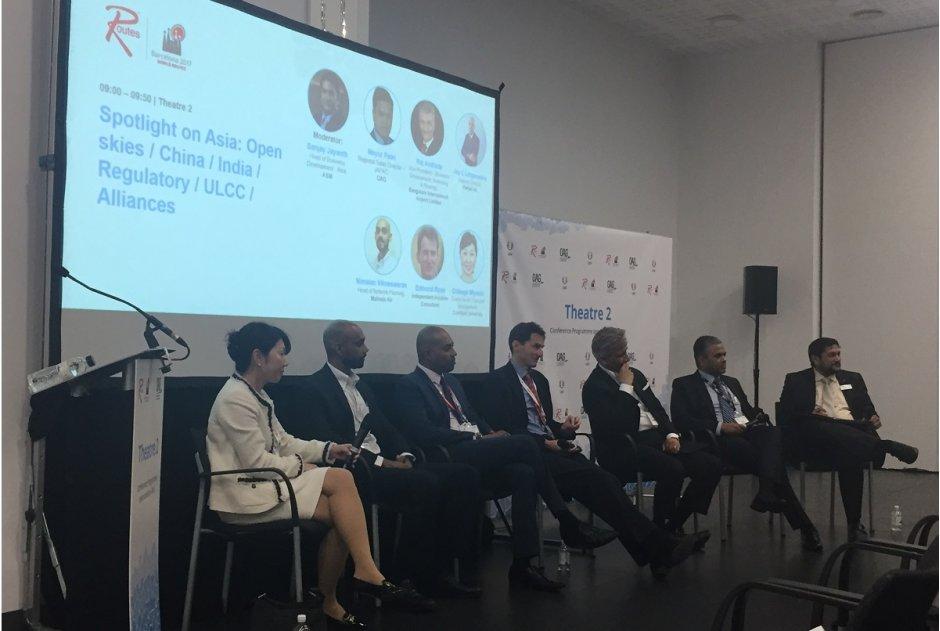
Raj Andrade from Bangalore International Airport says airports in India have suffered from a lack of foresight in the past but things are changing.
"What has happened over the last 18 months is discussions between airlines and airports have increased," he told delegates at World Routes 2017.
"Airlines have now begun to share their strategy over the next three to five years, with a vision for ten years where aircraft deliveries are concerned. That allows certain airports to plan infrastructure around that need. It allows the airport to plan ahead in cooperation with the airline.”
Mayur Patel, regional sales director – JAPAC from OAG, added: “If you look at Delhi they have a seven-year plan to double domestic capacity. You have a lot of new routes coming online but the infrastructure is constrained. But they are doing something about it and there is a lot of transformation in India policy.”
The panel discussed the effect the Under Ude Desh ka Aam Nagrik (UDAN) scheme, a policy package that has been designed for tier two and tier three cities to make flying easier and affordable.
“The government’s intent is to open up as many airports as they possible can and make travel available to general population,” said Raj Andrade.
The panel also praised governments in Asia for increasing cooperation. Earlier this month, India and Japan today signed an agreement that will allow their airlines to operate unlimited number of flights between the two countries.
However, the panel acknowledged that protectionism is still an issue.
